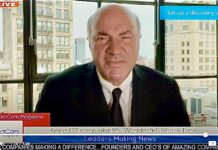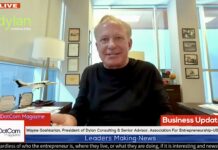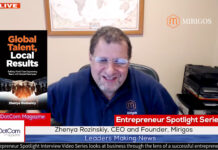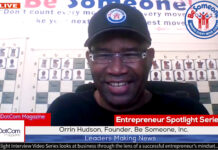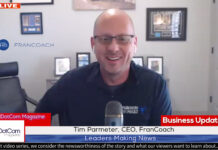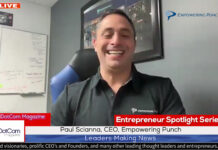Cruise CEO Kyle Vogt tweeted recently to confirm that the company’s transition
for its driverless ride hailing service in San Francisco to include daytime hours. The robotaxi service is already accessible to its employees for the 24 hours in a day and these readjusted operating hours will be available to the general public. Cruise is a subsidiary of GM and has been effecting a series of expansion strides to its driverless operations in San Francisco peaking with its latest effort; “extended hours”.
The driverless robotaxi service from Cruise was opened to the public earlier in 2022. As the name indicates, the service functions without a human safety operator. It initially began as a free ride service offered from 11 P.M to 5 A.M and restricted to certain parts of the city. The company has charged customers for rides since June 2022 even as the company’s service has undergone lots of expansion since it started.
Presently, Cruise customers hail its driverless robotaxi from 10 P.M to 5 A.M and the company has 70 AVs rendering this service. The company also has around 300 AVs in total rendering this service in San Francisco, Phoenix and Austin.
Cruise charges customers a basic fee of $5, $0.90 per mile, and $0.40 per minute which also covers a 1.5% city tax. Calculating fares entails estimating the time and distance for the fastest most optimal route. It does not apply surge pricing and once the estimated fare has been calculated and shared to the customer, it charges the same even if time or distance of the ride is longer.
In early November, the company transitioned from its typical restricted service area to cover most of San Francisco although this service expansion is enjoyed by only employees.
Plans are underway for Crusie to expand into Phoenix and Austin. The company already signed potential customers from Phoenix and Austin into its waitlist. The company’s CEO also reaffirmed Cruise’s commitment to successfully record its first commercial driverless public rides, and deliveries before the end of 2022.
From all indications the same tactic applied in San Francisco will be applied in Phoenix and Austin, but since these cities are not in states hindered by the regulatory restrictions of California, they will likely see a more fastracked application. The San Francisco model started with employees before the service was opened to the general public. The model also involved restricted service area and hours starting with employees before subsequently offering same to the public.
As originally reported in (https://techcrunch.com/2022/11/16/cruise-has-expanded-its-driverless-robotaxi-service-to-daytime-hours/)




